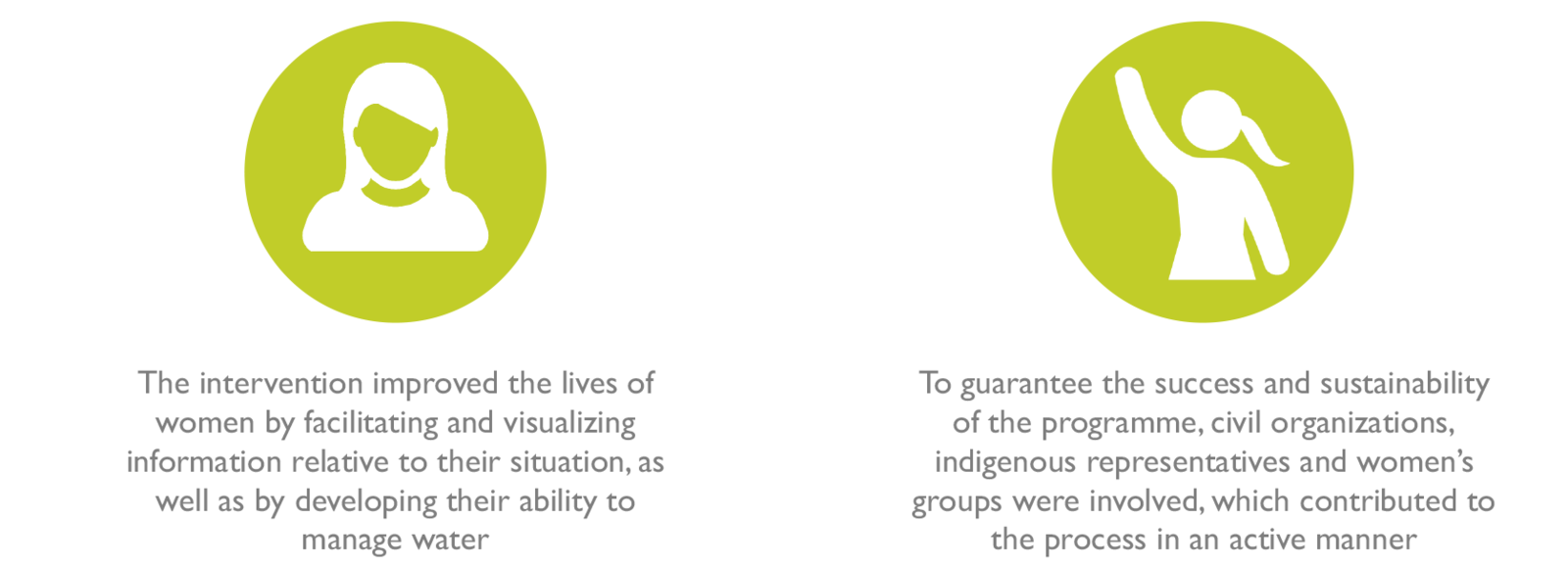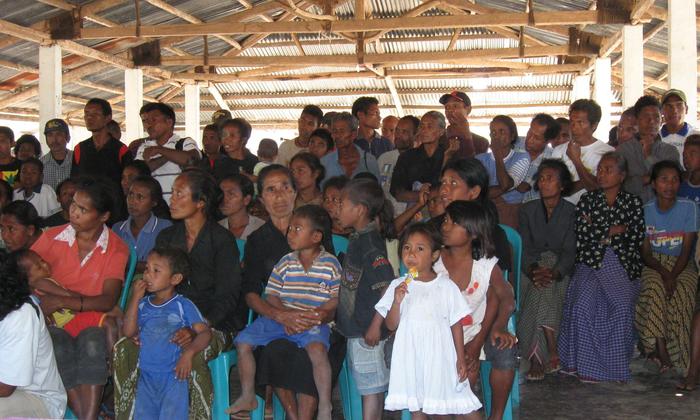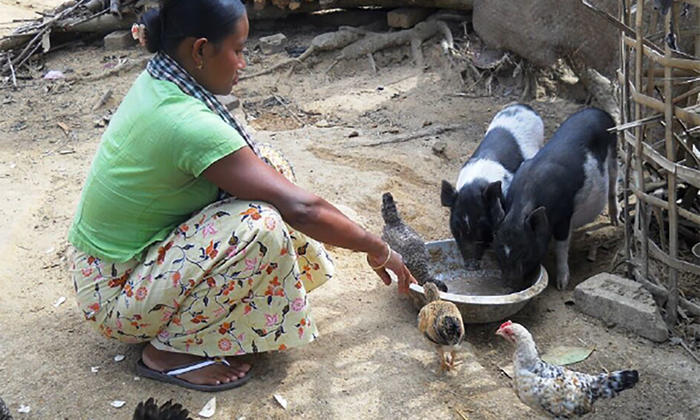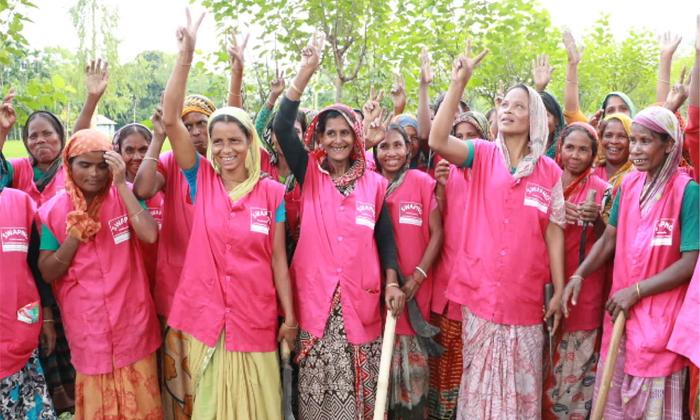Enhancing water and sanitation services with a gender perspective
Case study
Water and sanitation management with a gender perspective in Mexico
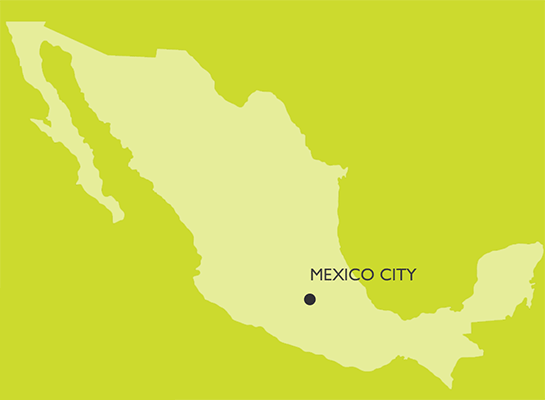
SDGs ADDRESSED
This case study is based on lessons from the joint programme, Establishing effective and democratic water and sanitation management in Mexico to support the achievement of the MDGs
Read more
Chapters
Project Partners

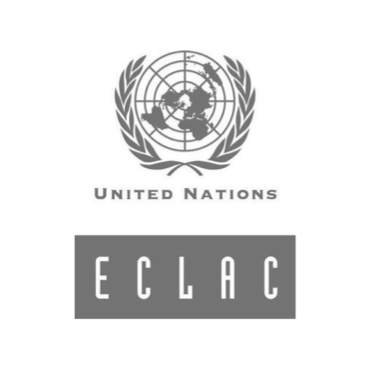






1. SUMMARY
The intervention aimed to improve the management of water in peri-urban and rural areas in Mexico. It sought to develop democratic and transparent water governance, rather than invest in infrastructure, as well as better participation in civil society, with special emphasis on the role of women.
The intervention focused on three states in the south of the country: Chiapas, Tabasco and Veracruz. Even though a large part of Mexico’s hydrological resources are concentrated in these territories, the data showing water and sanitation service coverage presents strong contrasts due to socioeconomic, ethnic and gender inequalities. Furthermore, they are areas characterized by high levels of economic privatization, a high percentage of indigenous population, and at high risk from climate phenomena.
This case study aims to expose lessons learned, results and practical examples to reinforce the knowledge available about interventions centred on access to water and sanitation, specifically incorporating the gender component.

Access to safe and affordable water resources for all is crucial for poverty eradication and health protection
2. THE SITUATION
Even though 86 per cent of Mexicans do have access to water, there are still many people who cannot access this service with the quality and quantity necessary to lead a dignified life. In rural areas, especially in indigenous communities, there are thousands of marginalized and isolated villages which account for 5 million people who do not have access to water. In addition, the rapid urbanization which has occurred in the country’s main cities is causing informal, hard-to-reach settlements, without services or infrastructure, and exposed to hydro-meteorological hazards.
In Mexico, the municipalities are responsible for the management of hydrological resources. Their management and financial capacities are weak, especially in deprived areas. Also, a large number of the institutions charged with water access fundamentally centre on developing infrastructure and pay little attention to questions related to social participation.
Access for all to reliable and accessible hydrological resources is crucial for the eradication of poverty and for protecting health, but also, it especially contributes to the empowerment of women. The consequences of inadequate access to water, although they are universally devastating, tend to affect women more. In homes without access, above all it is the women and children who are tasked with the heavy responsibility of collecting water, frequently investing exorbitant amounts of time and energy in the process. This situation brings with it a series of dangers, from physical conditions to women and children finding it impossible to participate in other activities, such as education, generating income, politics or relaxation and recreation. The lack of accessible services also leads, on many occasions, to tense and difficult relationships within the home, thus increasing the women’s vulnerability to domestic violence.
On the other hand, while the women are largely responsible for water for domestic and community use, it is the men who decide most of the rights related to water and everything regarding decision making in the institutions. In this way, the programme sought to improve the population’s access to water, increase women’s participation in water management and incorporate a gender perspective into the related policies and institutions.
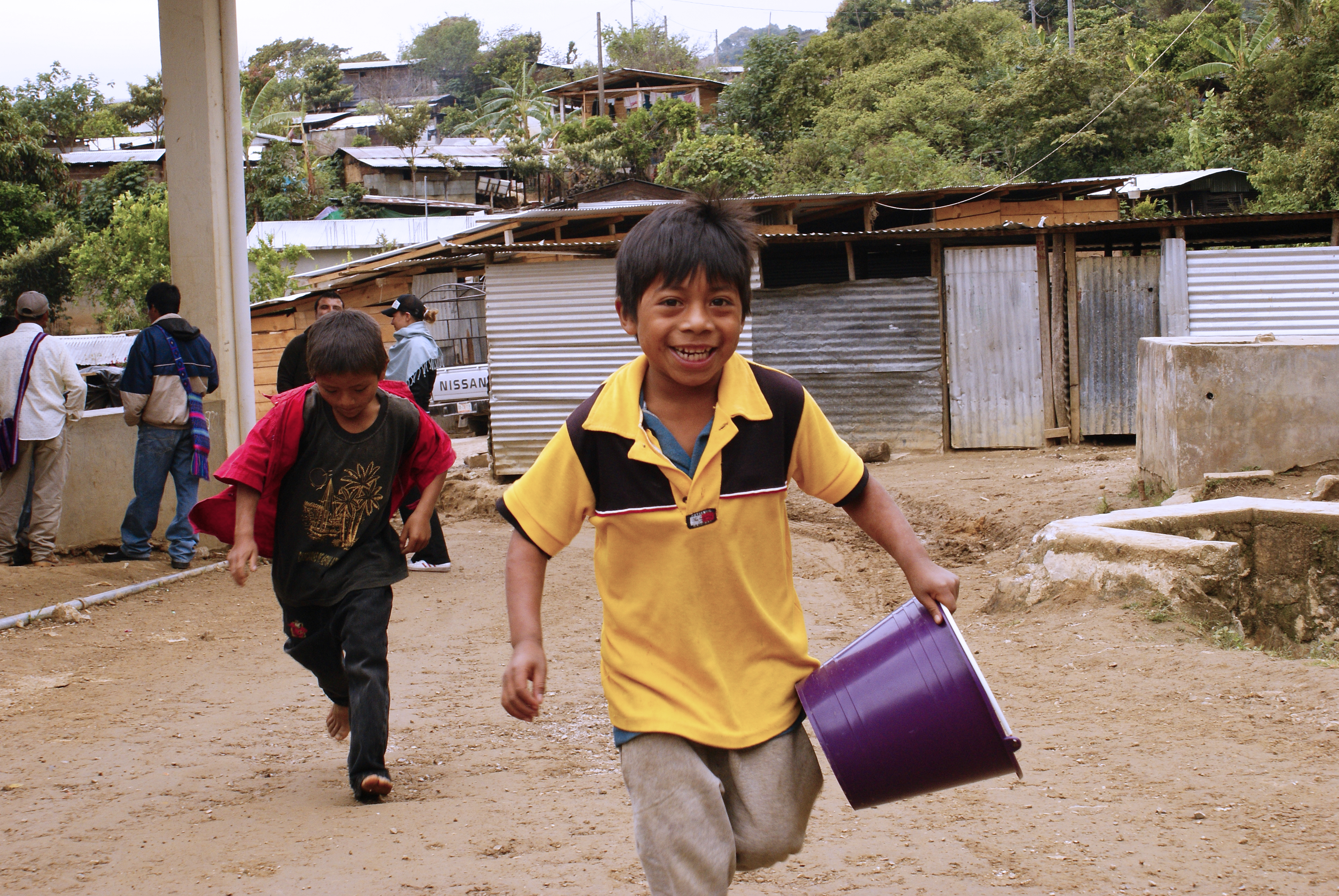
In households without water coverage, it is women and children who are responsible for the heavy burden of fetching water
3. STRATEGY
The strategy of the intervention revolved around three core ideas outlined below, while at the same time adopting specific interventions that centred on the empowerment of women and gender equality.
- Enhancing water and sanitation services with a gender perspective. The programme took into account numerous studies with the objective of compiling and facilitating information related to water and sanitation services with a gender perspective. It took on board themes surrounding the legal and economic framework, availability and access to water and impact on health in the municipalities selected.
- Institutionalization of the gender perspective in the public policies and institutions related to water. The institutions responsible for gender policies were made aware and strengthened so that they could extend their mandates on environmental matters, such as water management and natural disasters. At the same time, it provided technical assistance and training to the institutions responsible for water management, access to public information and civil protection, to integrate the gender focus and different cultures in their work.
- Participation of women in water management. In some rural areas, local committees were created to manage water disinfection and domestic drinking water systems were installed. Every installation process was accompanied by a strategy to encourage the participation of women in the management of the system.

4. RESULTS AND IMPACT
Enhancing water and sanitation services with a gender perspective.
Analyses were taken into account which offered specific information about gender issues related to water, sanitation and ethnicity. Data was broken down by sex about the legislative water situation in urban and rural areas, its availability, costs, use and its vulnerability with regards to meteorological risk. The analyses also included information about the political, economic and labour participation of women, maternal mortality, health, education and gender violence.
Following this was a participative approach which included: five workshops for each state (with a total of approximately 3,000 participants), 266 interviews with key informers and 139 questionnaires. The workshops were based on the methodology proposed by the ‘Blue Agenda for Women’, which had been developed and applied since 2006 by the Gender and Environment Network. As a result, the nine selected municipalities, as well as the Secretaries of Economic Development and Environment of the States, rely on disaggregated data by sex, about the use and management of water. Three participative analyses were published – one per state:
Chiapas: Water and development. Municipal agenda for gender equality (Chiapas: Agua y desarrollo. Agenda municipal para la igualdad de género.)
Tabasco: Water and development. Municipal agenda for gender equality (Tabasco: Agua y desarrollo. Agenda municipal para la igualdad de género.)
Veracruz: Water and development. Municipal agenda for gender equality (Veracruz: Agua y desarrollo. Agenda municipal para la igualdad de género.)
These analyses led to one of the most relevant impacts generated by the programme. In Tabasco the State Water Law was reformed, and in Chiapas, reforms to the Water and Sustainability Law took place to strengthen the trustees, with emphasis on community management.
Furthermore, the programme encouraged citizens’ participation in the management of water. Several tools were designed to educate and train civil society organizations in terms of social participation and transparency, among them:
The citizen’s guide to inclusive participation in water management (La Guía ciudadana para la participación incluyente en la gestión del agua.)
The guide “With information, we all win: A guide to knowing your rights” (La guía Con información todos ganamos: Guía para conocer tu derecho.)
Institutionalization of the gender perspective in the public policies and institutions related to water.
The issues of gender equality were integrated into the agenda, the policies, the strategies and the plans of some key institutions. They also exposed some of the main achievements:
The Veracruz Women’s Institute increased the budget dedicated to issues relating to water management.
The Tabasco Commission for Water and Sanitation created a permanent post as a focal point for gender and regulated gender parity in the local water management departments (UDESAS).
In Chiapas, Directorates of Gender were created within the Water Institute as well as in the Civil Protection Unit.
The Chiapas Institute for Public Information reproduced the methodologies developed by the Programme to encourage the participation of women and the indigenous population in 23 other municipalities in the state.
Participation of women in water management.
The programme offered counsel and education in management issues, and water and sanitation monitoring and control to women, in some cases underscoring the legal constitution of citizen’s associations. Participation of women in decision making on Water Boards and Committees and also on matters of transparency and access to information, was promoted.
Drinking water systems (“water kiosks”) were deployed in various rural communities in the states of Tabasco, Chiapas and Veracruz. These systems connected with nearby wells and collected rainwater through ferrocement tanks, relying on filtration systems. Thanks to their simplicity and easy maintenance, these installations are an example of sustainable solutions that are easy for the community to manage. Each water system is managed by a local committee, and in reality, the women make up the majority of the committees. In addition, some of the water systems have become small local businesses, contributing to the empowerment and economic independence of women.
For example, in Sitalá (Chiapas), a group of midwives manage and use the water supply. In their homes, 15 individual drinking water systems nicknamed “blue tables” were installed, which are used as much for domestic use as they are during births. The installation was done in collaboration with the Community Hospital and the Mother’s Home. Thanks to the drinking water systems, the midwives no longer have to spend time and energy going to find water. Furthermore, they co-ordinate with the local authorities – presumably a key factor for sustainability. The need to find firewood to boil water was significantly reduced, which translates into less time lost, less work and less respiratory complications.
Institutionalization of the gender perspective in the public policies and institutions related to water
5. CHALLENGES
- Even though the participation of different United Nations agencies demonstrated that it was a very efficient, multidimensional methodology when looking at the results, the large number of participating agencies in this intervention generated incompatibilities and communication problems. This brought to light the need to design programmes with a lower number of agencies (three or four maximum) and to create an administrative agenda together which defines shared channels and procedures to reduce costs and manage things more efficiently. From the start, it must be guaranteed that the programmes rely on a clearly defined communication strategy between the participants, which allows all recipients to be shown an understanding of it, aside from during promotional events. On the other hand, it is necessary to equip the programme’s national coordinating body with effective mechanisms to demand the fulfilment of each agency’s obligations to guarantee the programme’s success.
- In the municipalities of San Juan Canuc and Sitalá, it was necessary to get permission from the men so that the women could take part in the programme’s workshops, courses and training. This experience brought to light that including the partners of the recipients in the training processes creates a base of trust for the development the programme.
- In order to achieve greater efficiency and effectiveness, it would have been important to rely on a figure from each cabinet of the state and municipal governments. To strengthen this anchor, it should have been insisted upon that the state committees have more to do with the management of the programme.
- The rotation of personnel in medium- or long-duration initiatives – those longer than two years – creates information gaps and long periods of adaptation, which can only be corrected with permanent information strategies and the maintenance of an active institutional memory. Systems to avoid the loss of human resources and expertise created during the programme must be developed, in order to guarantee sustainability, alongside the organizational procedures that have been initiated and good practices.

6. LESSONS LEARNED
- The programme is a successful reference of the abilities and the impact of the United Nations when its agencies work in a coordinated and multidimensional manner. Each one brought its own knowledge and experience. In order for the intervention to be successful, it is very important that clear roles are assigned and agreements established about communal objectives, followed by mutual learning by the connected agencies and institutes.
- The question of representation within the community is always a problem. The term “community” is frequently used as though it represents a homogenous, clear and defined structure. The word hides a variety of specific interests in terms of economic position, ethnic background, and gender and age equality. This means it is essential to get close to the communities, bearing these complexities in mind and not beginning with incorrect assumptions.
- The analyses relating to gender participation reveal the different needs and interests of women and men which were previously unknown and they were vital to tackling the intervention. Understanding the gender-related roles, relationships and inequalities can help to explain the choices that women and men make, as well as their different options. The differences and inequalities influence their perception and participation in the use and management of water.
- Incentivizing citizens to participate through information and education in the human right to water is vital to constructing efficient management of the resource and to regain confidence in institutions.
- Access to reliable information is also essential to strengthen institutional capabilities. It allows the identification of areas of improvement and taking informed actions. These analyses fill the previous gap in terms of disaggregated data and analyses relative to water access in marginalized communities, and serve as a support for political and policy decisions.
- The active participation of the recipients in the development of the strategies, methodologies and processes in order for the projects to be accepted and owned. In addition, community involvement is essential for the sustainability of services and investments made in water management, as well as to boost changes in behaviour in relation to the use and conservation of water.
- The political, financial and practical support of the local and regional authorities is essential for the success of the local initiatives of water management. Although the local communities usually benefit from the collaboration, often they lack financial resources, technical capabilities, knowledge, or access to relevant information in order to reach an agreement and put it into practice. Investing in strengthening local institutions and creating the ability to put plans into action between their workers is of direct benefit to the community, to close ties between local administration and its people.
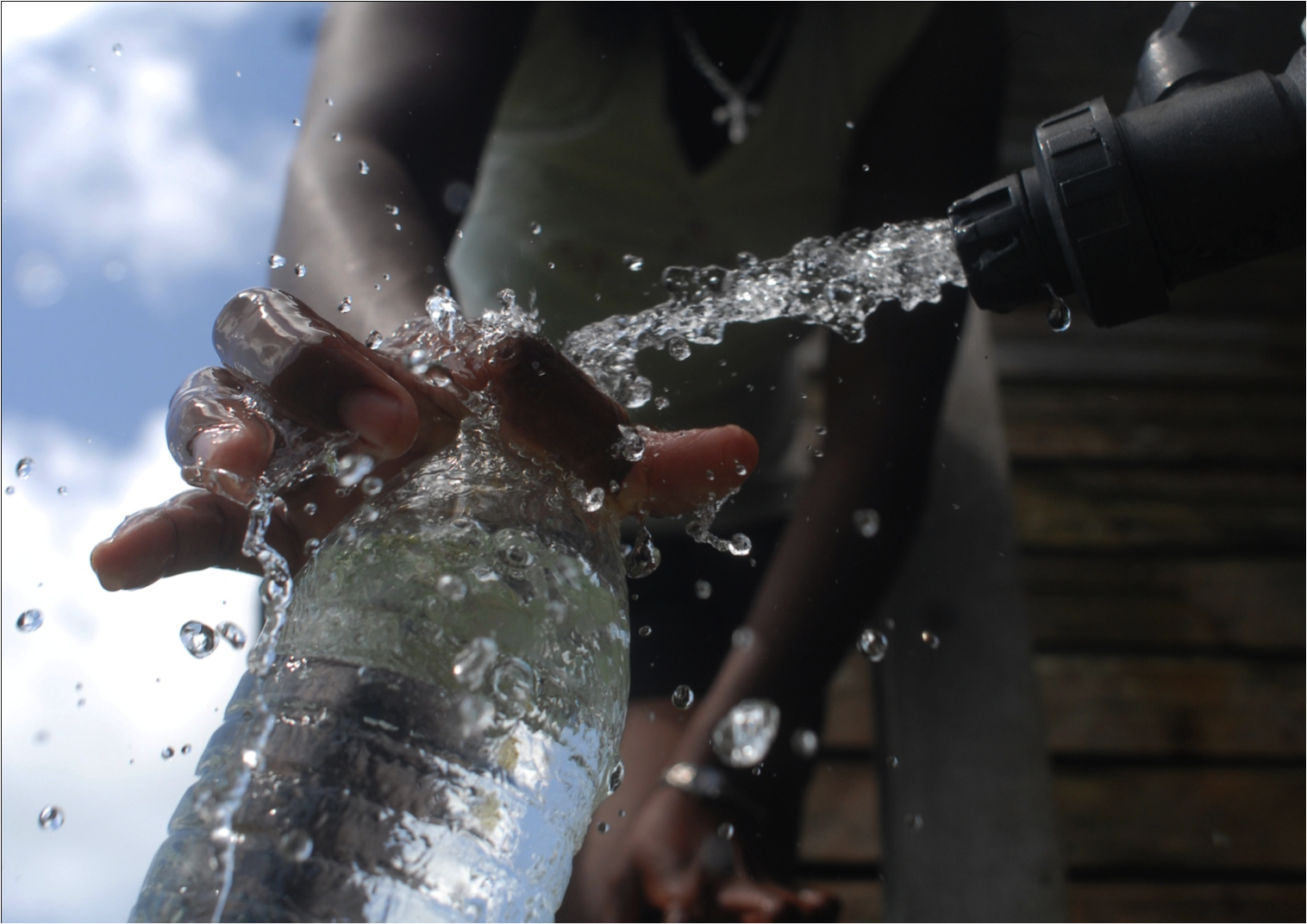
Drinking water systems -"water kiosks"- were deployed in different rural communities in the states of Tabasco, Chiapas, and Veracruz
7. SUSTAINABILITY AND POTENTIAL FOR REPLICATION
The implemented practices can constitute a point of reference for the rest of the water projects ongoing in Mexico, but also in other countries. The intervention improved the lives of women by facilitating and visualizing information relative to their situation, as well as by developing their ability to manage water. The sustainable strategy put into practice centred on the institutionalization of gender units in key public institutions related to water, in the promotion of women’s participation and civil society in water management, as well as in the installation of secure water systems based on appropriate technology. These drinking water systems are easily replicable in other areas thanks to their sustainable technology and easy management. Furthermore, they give women the opportunity to continue being water managers without facing safety risks involved in obtaining it.
To guarantee the success and sustainability of the programme, civil organizations, indigenous representatives and women’s groups were involved, which contributed to the process in an active manner. In this way, the women adopted the interventions as their own. It is precisely this appropriation which is a vital question for the sustainability of the actions, but also should strengthen the adoption by local and state participants who are able to replicate them. Women leaders were identified who, because of their position in the community or their own initiative, would replicate the knowledge they acquired, promoting the sustainability of the skills and who would attend state and municipal committee meetings.
